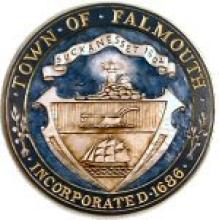Heroic Partners Bring Middle Mile Fiber to Northwest Colorado With Project THOR - Community Broadband Bits Episode 406

The breathtaking mountains of northwest Colorado have long attracted skiers and hikers, but broadband providers haven't found the region's rugged landscape and sparse population as appealing. Enter Project THOR, a middle mile fiber network developed out of a collaboration among local governments and private companies led by the Northwest Colorado Council of Goverments (NWCCOG). Over the last few years, the partners strung together more than 400 miles of fiber to provide reliable and affordable backhaul to municipal facilities, public schools, healthcare systems, and Internet access providers.
This week on the Community Broadband Bits podcast, Christopher talks with Jon Stavney, executive director of NWCCOG, and Evan Biagi, executive vice president of business development for network operator Mammoth Networks, to learn more about the recently completed project. Jon describes past broadband efforts in the region that led into Project THOR. The pair explain how the new middle mile network will allow localities to connect municipal facilities and anchor instutions and how broadband providers or the communities themselves can build off the network to serve residents and businesses. This will improve broadband reliability and affordability in the region, which had previously been plagued by network outages that cut access for hospitals and 911 calls.
Jon and Evan also discuss how the partners lowered project costs by leveraging existing infrastructure. They share some of the challenges involved in designing a network with so many partners. At the end, Jon explains how Project THOR will give communities more opportunities to take action on local connectivity instead of just impatiently waiting for better broadband.
This show is 33 minutes long and can be played on this page or via Apple Podcasts or the tool of your choice using this feed.
Transcript below.
We want your feedback and suggestions for the show-please e-mail us or leave a comment below.
Listen to other episodes here or view all episodes in our index. See other podcasts from the Institute for Local Self-Reliance here.
Thanks to Arne Huseby for the music. The song is Warm Duck Shuffle and is licensed under a Creative Commons Attribution (3.0) license.









